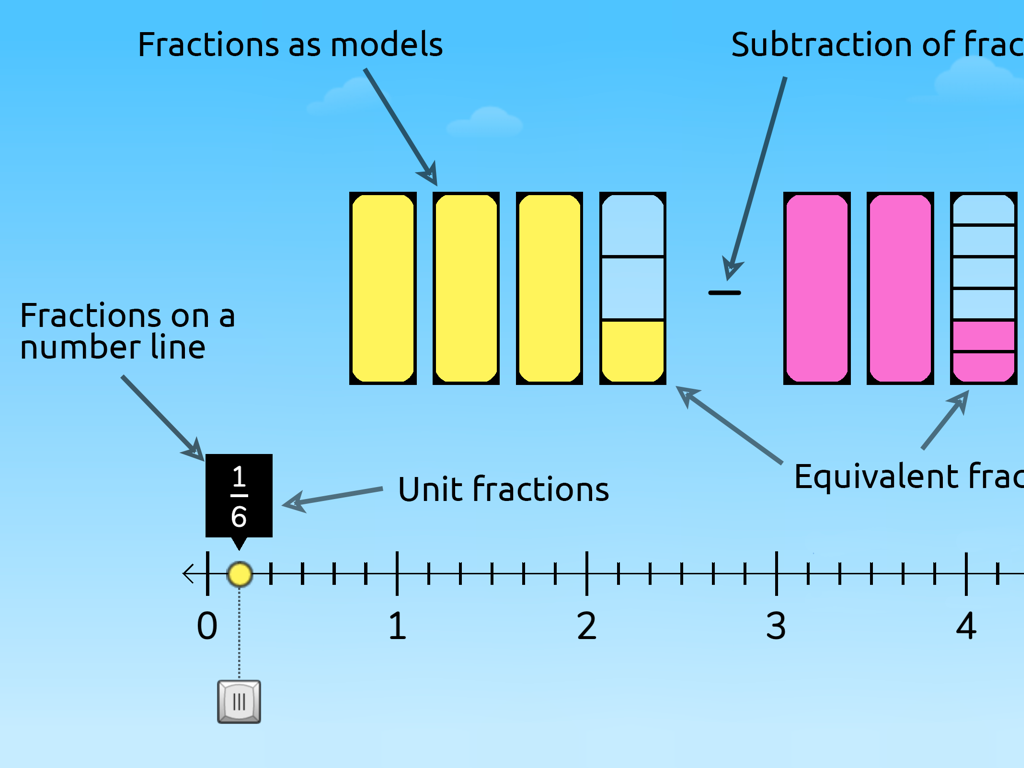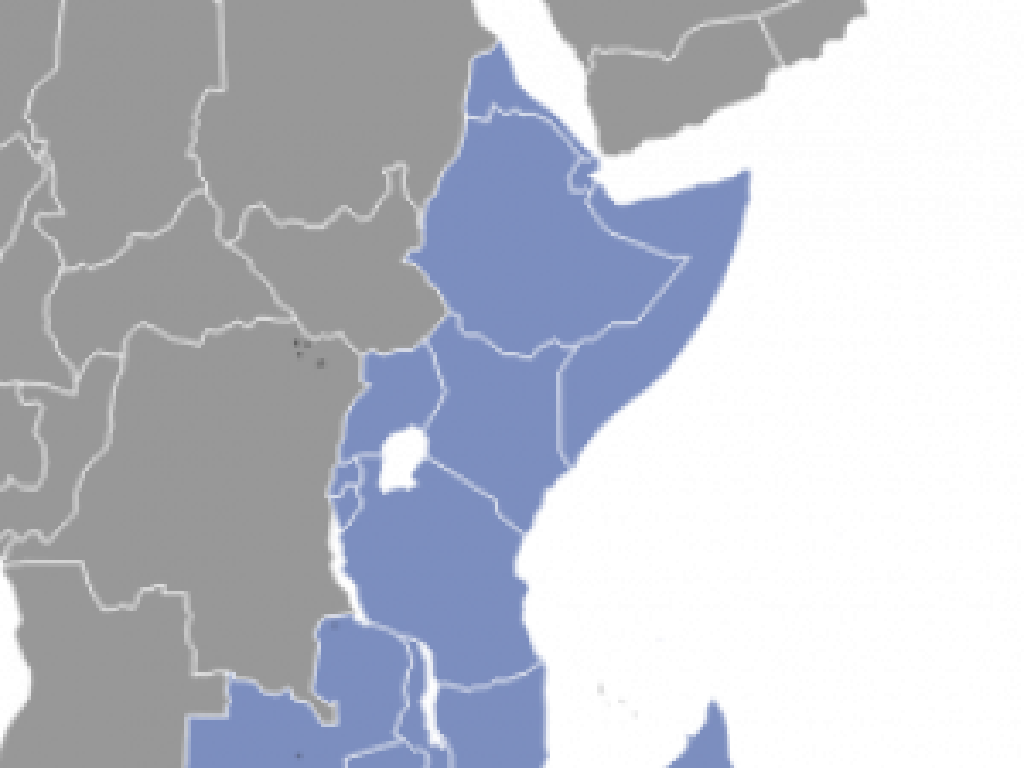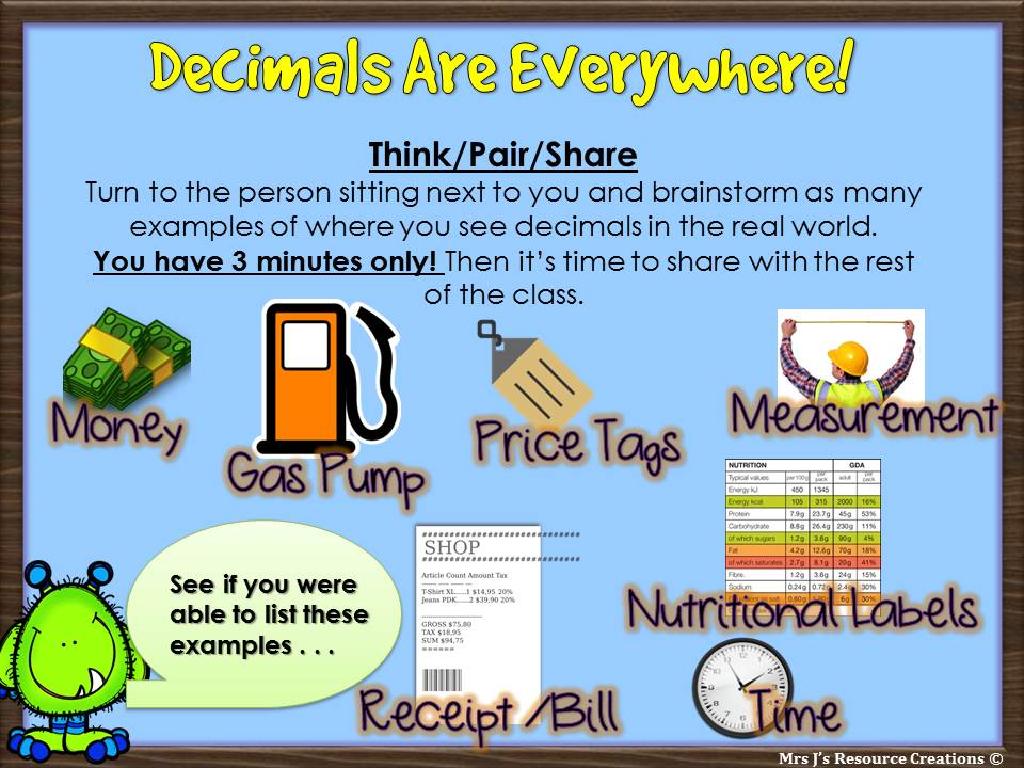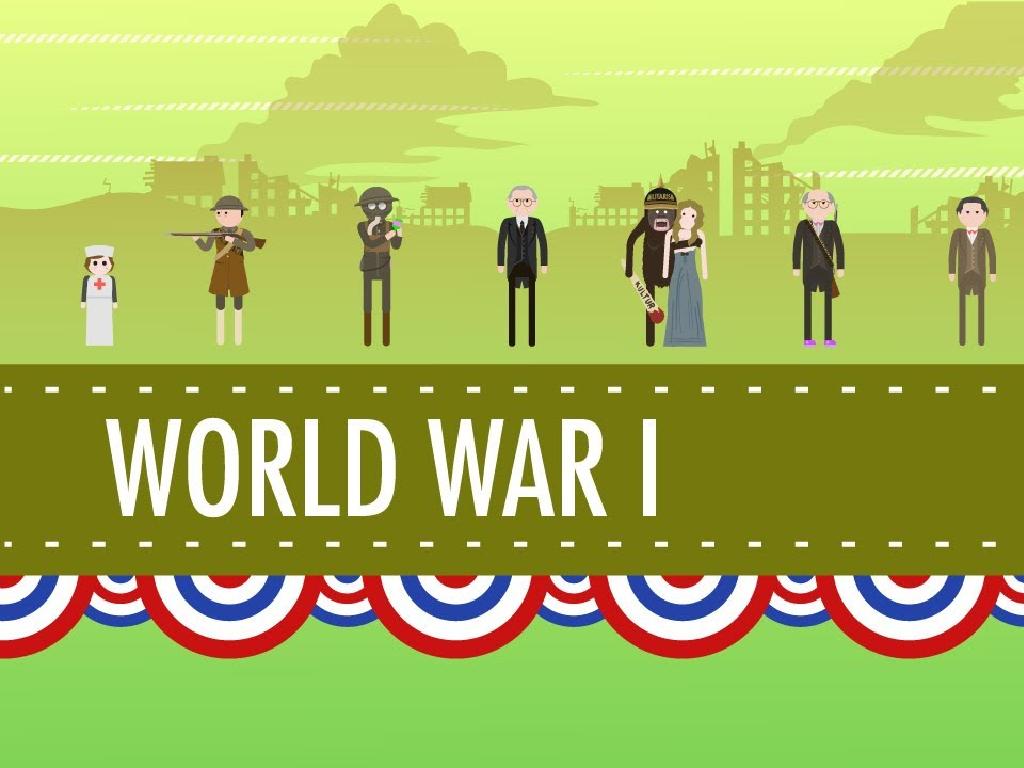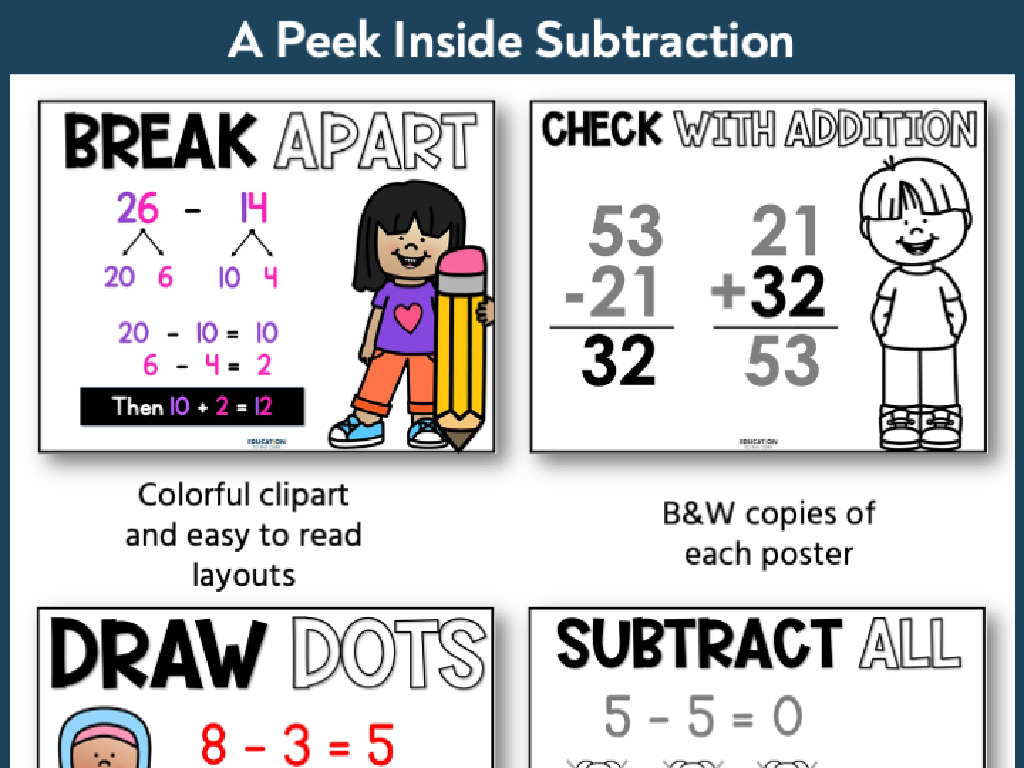Tile A Rectangle And Find The Area
Subject: Math
Grade: Third grade
Topic: Area
Please LOG IN to download the presentation. Access is available to registered users only.
View More Content
Welcome to Area Exploration!
– Greetings, young mathematicians!
– Today’s goal: Mastering area
– Area: Space inside a shape
– Area is measured in square units
– Practice: Tile a rectangle
– Use tiles to cover a rectangle, count to find area
|
Begin the class with an enthusiastic greeting to set a positive tone. Explain that the concept of area is a measure of how much space a two-dimensional shape covers. Use simple language to describe area as the space inside the boundary of a shape, and that it’s measured in square units, such as square inches or square centimeters. Introduce the practical activity of using tiles to cover the entire surface of a rectangle without gaps or overlaps, and then counting these to find the area. This hands-on approach will help students visualize and understand the concept of area. Prepare different rectangle cut-outs and tiles for the students to work with. Encourage them to predict the area before they begin tiling and to verify by counting afterward.
Understanding Area
– Area: space inside a shape
– Measured in square units
– Like square inches (in²) or square feet (ft²)
– Imagine fitting tiles inside
– Visualize covering the floor with tiles, no gaps or overlaps
– How many tiles can fit?
|
This slide introduces the concept of area to third-grade students. Area is defined as the amount of space within the boundaries of a two-dimensional shape. It’s important to explain that area is measured in square units, which could be square inches, square feet, or another unit of measure, depending on the size of the shape. Use a relatable example, such as tiling a floor, to help students visualize the concept. Ask them to imagine how many tiles of a certain size would be needed to cover the floor completely without leaving any gaps or overlapping the tiles. This will prepare them for the practical activity of tiling a rectangle to find its area in the following lessons.
Discovering Rectangles
– Rectangles: 4-sided shapes
– Two longer opposite sides and two shorter
– Sides meet at right angles
– Each corner forms a 90-degree angle
– Examples of rectangles
– Books, doors, screens, and papers
– Understanding rectangle areas
– Area is length times width (l x w)
|
This slide introduces students to the basic properties of rectangles, which is foundational for understanding how to calculate area. Emphasize that rectangles have four sides with opposite sides being equal in length. Highlight that the corners of a rectangle are all right angles, which means they are 90 degrees. Show real-life examples of rectangles such as books, doors, computer screens, and sheets of paper to help students relate the concept to everyday objects. Finally, introduce the formula for the area of a rectangle (length times width) as a lead into the next part of the lesson where they will apply this knowledge to tile a rectangle and find its area.
Tiling a Rectangle to Find Area
– Tiling means covering with squares
– Imagine putting stickers on a page without leaving spaces
– Each tile is one square unit
– Think of each tile as a tiny square that measures 1 unit by 1 unit
– Count tiles to find area
– How many square units fit inside the rectangle?
– No gaps or overlaps allowed
– Tiles must fit perfectly inside the rectangle
|
This slide introduces the concept of tiling as a method to find the area of a rectangle. Emphasize that tiling involves covering the entire surface with square units without leaving any gaps or overlaps. Each tile represents one square unit of area. Encourage students to visualize the process by imagining placing stickers on a page, ensuring they cover the whole page exactly. To find the area, students will count the number of tiles that fit within the rectangle. This activity helps them understand that area is a measure of how many square units cover a surface. For the class activity, provide them with graph paper and have them draw rectangles of different sizes, then tile them with squares. Discuss the results as a class.
Calculating Area of a Rectangle
– Area equals length times width
– Count tiles along the length
– If there are 5 tiles along the length, that’s the length
– Count tiles along the width
– If there are 3 tiles along the width, that’s the width
– Multiply length by width for area
– For example, 5 tiles length and 3 tiles width is 5 x 3 = 15 tiles total
|
This slide is aimed at teaching third graders how to calculate the area of a rectangle by using tile counting as a visual and practical method. Start by explaining the formula for the area of a rectangle. Then, demonstrate how to count the tiles along the length and width of a rectangle, which represents the dimensions of the shape. Emphasize that the area is the total number of square tiles that can fit inside the rectangle. Provide a clear example by showing a rectangle with a certain number of tiles along the length and width, and then calculate the area by multiplying these two numbers. Encourage students to practice with different rectangles and tile arrangements to solidify their understanding.
Let’s Practice Together: Finding Area
– Count the tiles along the length
– Count the tiles along the width
– Multiply length by width
– If length is 5 tiles and width is 3 tiles, 5 times 3 equals?
– Determine the rectangle’s area
– Area equals number of square tiles inside the rectangle
|
This slide is for a class activity to practice finding the area of a rectangle by tiling. Start by having the students count the number of tiles along the length and width of a rectangle drawn on the board or shown in a handout. Then, guide them to multiply these two numbers to find the area. For example, if the rectangle is 5 tiles long and 3 tiles wide, the area would be 5 times 3, which equals 15 square tiles. Encourage the students to participate by asking them to provide the numbers and to do the multiplication themselves. This hands-on activity helps solidify the concept of area as the number of square units that cover a surface.
Your Turn to Explore: Tiling a Rectangle
– Use square tiles to cover a rectangle
– Count each tile as one square unit
– Write down the total number of tiles
– This number is the area of the rectangle
Area is measured in square units, like square inches
|
This slide is an activity prompt for students to engage in hands-on learning. Provide each student with a set of square tiles and a rectangle drawn on paper or a surface they can cover. Instruct them to place the tiles so they completely cover the rectangle without overlapping or leaving gaps. Students will count each tile, understanding that each represents one square unit of area. After they’ve covered the rectangle, they should write down the total count of tiles used, which equals the area of the rectangle. This exercise helps solidify the concept of area as the number of square units that cover a surface. For differentiation, some students may receive rectangles of different sizes or be challenged to predict the area before tiling.
Class Activity: Tile Art
– Create a rectangle with tiles
– Measure and calculate area
Count the tiles along the length and width, then multiply.
– Share your tile rectangle
– Discuss the area with classmates
|
This activity is designed to help students understand the concept of area through a hands-on approach. Provide students with a variety of tiles and ask them to create their own rectangle designs on a flat surface. Once they have their rectangle, guide them to measure the length and width using the tiles as units. Then, instruct them to calculate the area by multiplying the length by the width. After they’ve calculated the area, have each student present their design and explain how they found the area to the rest of the class. This will reinforce their understanding and allow them to see how the concept of area applies to real-world objects. Possible variations of the activity could include using different shapes of tiles, combining rectangles to form complex figures, or even exploring the area of irregular shapes by approximating with tiles.
Congratulations, Area Detectives!
– You’ve become area detectives
– Mastered rectangle area finding
– Area of a rectangle is length times width
– Practice makes perfect
– Keep solving area problems
– Aim to be area experts
– With practice, you’ll calculate area quickly
|
This slide is a celebratory conclusion for the students who have successfully learned how to calculate the area of a rectangle. It’s important to acknowledge their hard work and encourage them to continue practicing their new skills. Reinforce the concept that finding the area is simply multiplying the length by the width of the rectangle. Encourage them to apply this knowledge by measuring and calculating areas of objects around them, like books, tablets, or even their desks. Provide additional worksheets for practice and consider creating a fun ‘Area Detective’ badge or certificate to reward their efforts and motivate them further.

